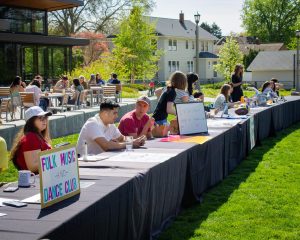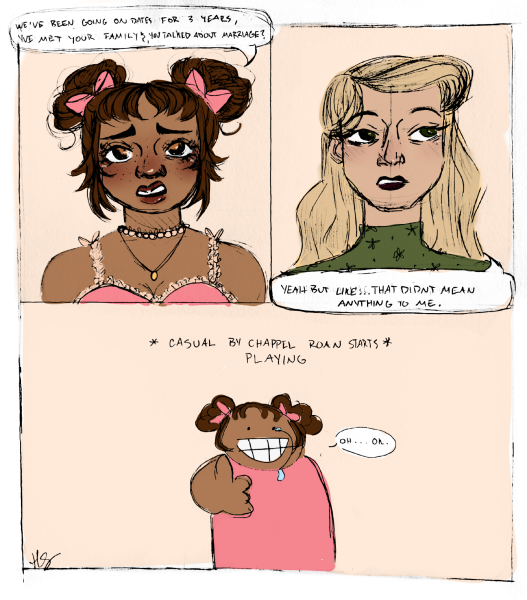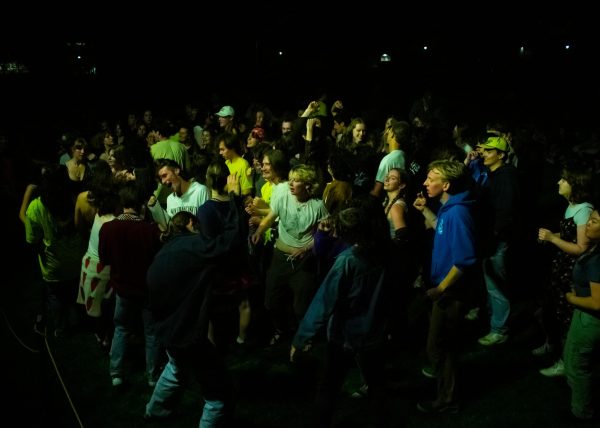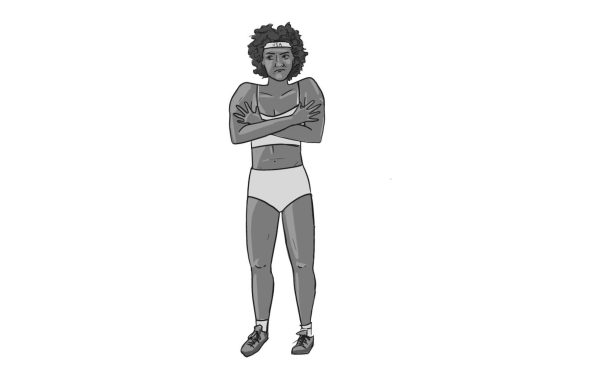“Palm Springs and the Desert Modern” Review
September 28, 2018
On Thursday, Sept. 20, Dr. Mara Gladstone, an associate curator at the Palm Springs Art Museum, delivered a delightful lecture in Olin Hall. The lecture was dedicated to the topic of Modern art in Palm Springs and its surroundings, and focused on some outstanding artists for whom, as professor Gladstone pointed out, “The idea of heading West was still tantalizing in the mid-twentieth century.”
A part of the presentation was dedicated to Agnes Pelton, a transcendentalist painter whose early art, according to professor Gladstone, “introduced modernism to America” and “was an example of visual poetry.” Her “Awakening” is a brilliant example of abstract art which showcases her vision of the desert and sky at night. The colors Pelton decides to use create a harmonious image and a rather welcoming atmosphere, a unique portrayal of a desert.
One can easily see the influence of the desert in Pelton and other modernist artists’ works. For example, Albert Frey’s architecture is inspired by this element and is perfectly integrated into it. He was originally from Switzerland and moved to Palm Springs in 1934 to work in the desert. Frey was interested in what professor Gladstone calls “elemental living,” meaning finding ways of coexisting with the environment rather than relentlessly altering it. This philosophy is perfectly shown in his “House II,” where a rock penetrates the building and becomes a perfectly suitable piece of the structure rather than an obstacle that needs to be removed. In his works, Frey focuses immensely on the usage of natural light and solar panels. He utilizes light and shadows, that are specific to the area of Palm Springs, in a pragmatic and creative way instead of ignoring the particularities of the zone.
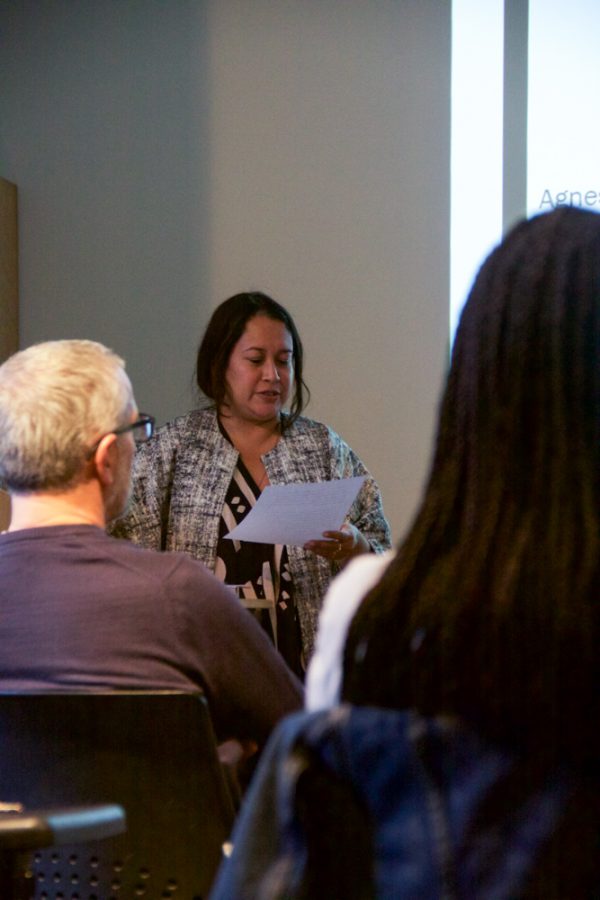
Dr. Mara Gladstone’s presentation included paintings of Agnes Pelton and architecture examples from Albert Frey.
Professor Gladstone calls the artistic endeavor of those who moved to the desert to create art “a search for modern utopia.” This tough place provided artists with inspiration and generated some sort of strange attachment to its harsh living conditions. The desert attracted foreigners, such as Frey, but also nurtured its natives, such as Stephen Willard who was born in a desert and then dedicated 58 years of his life to photographing it. Willard’s photographs reflect the complexities and simplicities of desert life, depict its multiple aspects and, in a way, ruin the stereotype of homogeneity that is generally associated with deserts.
During the Q&A session after the lecture Gladstone said, “Our understanding of modernity today is emotional and embodied.” These words emphasize the adventurous and courageous spirit of those who decided to intertwine their artistic and physical lives with the beauty and cruelty of the desert, as well as our contemporary interpretation of their motifs and intentions. Indeed, it takes a certain amount of bravery to dedicate one’s art to an entity that symbolizes mirage and illusion, but it is definitely worth attempting if a person enjoys the mystery behind the desert, its frankness and simple complexity.




